Preserving a key part of Emily Dickinson’s legacy: Historic Evergreens house reopens at the Emily Dickinson Museum
| Published: 03-10-2024 1:48 PM |
Between the “Dickinson” series on Apple TV+ and movies such as 2016’s “A Quiet Passion,” interest in Emily Dickinson has grown in the last several years, even beyond the already intense admiration that existed for her poetry among readers and literary scholars alike.
Officials at the Emily Dickinson Museum believe that interest will only increase, now that The Evergreens, a key part of the historic Dickinson property in Amherst, has reopened for visits after being closed for the last five years for infrastructure improvements.
The Italianate-style house, built in 1856 for Austin Dickinson, Emily’s brother, and his wife, Susan Gilbert Dickinson, is a 19th-century time capsule, still filled with furniture, paintings, household items and decor selected and displayed by the family during the second half of the 1800s, and in some cases the early 1900s.
During a recent tour of the property, Jane Wald, executive director of the Dickinson Museum, said the intense work done at the home in the last five years was aimed at preserving those sensitive collections and the house as a whole — adding new insulation and a “museum quality” HVAC system, for instance, to control temperature and humidity levels, and to reduce energy consumption.
“There used to be some pretty big temperature swings here, and high humidity could cause a lot of problems with mildew,” Wald noted. “We needed to find ways to improve air circulation in particular.”
Along with that work, funded in part by grants from organizations such as the National Endowment for the Humanities, has come some painstaking preservation efforts aimed at, for example, cleaning and reapplying wallpaper that dates to the late 19th century. The ornate frames for some of the vintage oil paintings in the home’s parlor have also been cleaned and refurbished.
Water damage to some walls and ceilings in certain rooms has been repaired as well.
Though a modern electrical system was installed in the home in the early 2000s, and some modest lighting has been added, The Evergreens still has a somewhat dark interior that feels very much of its time, along with original wood floors and old rugs and floor coverings.
Article continues after...
Yesterday's Most Read Articles
 Granby Bow and Gun Club says stray bullets that hit homes in Belchertown did not come from its range
Granby Bow and Gun Club says stray bullets that hit homes in Belchertown did not come from its range
 Marie Lane: The emperor has no clothes
Marie Lane: The emperor has no clothes
 Political newcomer defeats Shores Ness for Deerfield Selectboard seat
Political newcomer defeats Shores Ness for Deerfield Selectboard seat
 Charlene Galenski: Blake Gilmore, a strong candidate for Deerfield’s Selectboard
Charlene Galenski: Blake Gilmore, a strong candidate for Deerfield’s Selectboard
 Annette Pfannebecker: Vote yes for Shores Ness and for Deerfield
Annette Pfannebecker: Vote yes for Shores Ness and for Deerfield
 June dates set for big school vote in Belchertown
June dates set for big school vote in Belchertown
The rough-hewed kitchen features a huge cast iron stove from 1905 and a late 19th century icebox; above the door frame are small bells that were rung to summon help from the family’s domestic workers, who had rooms on the second floor.
Wald noted that when she got her first glimpse of the kitchen, that cast iron stove sat alongside an electric stove, circa 1950s, “and a microwave oven. It was a strange combination.”
She adds that The Evergreens, unlike the nearby Dickinson Homestead where Emily lived, was owned by descendants of Austin and Susan Dickinson, or people connected to those descendants, right up until 1988, helping to preserve its period feel. The house was purchased in 2003 by Amherst College to become part of the Emily Dickinson Museum.
That physical preservation, Wald said, helps illuminate the important family ties among the Dickinsons, which played a key role in Emily Dickinson’s poetry, the posthumous publication of her verse, and her stature today as one of America’s most important poets.
“I think this house has a unique aura,” said Wald. “It’s a vital part of” Emily Dickinson’s legacy.
Indeed, Wald says the Belle of Amherst was a regular visitor to The Evergreens after it was built in 1856 and continued to spend time there into the first part of the 1860s, before she began withdrawing from social life.
“She and Austin and Susan were very interested in the life of the mind,” said Wald, who notes that one of Emily’s contributions to family gatherings in The Evergreens parlor may have included playing improvised tunes on the piano.
At The Evergreens, Susan and Austin Dickinson also entertained friends and some significant literary figures who came to town, such as Ralph Waldo Emerson.
Susan, who was also a writer, and Emily Dickinson, born just nine days apart in December 1830, were already good friends when Susan married Austin in July 1856, and the two became even closer afterward, exchanging hundreds of letters; some scholars believe the two may have been in love.
As Emily wrote in one of her last letters to Susan, “The tie between us is very fine, but a Hair never dissolves.”
Wald notes that The Evergreens also witnessed its share of tragedy and family rancor and bitterness. In 1882, Austin began a 13-year affair with Mabel Loomis Todd, the young wife of an Amherst College professor, and in 1883, Austin and Susan’s youngest child, 8-year-old Gib, died of typhoid fever. Their son’s death devastated all the Dickinson family members.
Austin and Susan lived in The Evergreens until their deaths in 1895 and 1913, respectively. Their one surviving child, Martha Dickinson Bianchi, lived in the house until her death in 1943, preserving much of its 19th century feel.
More importantly, she played a vital role in bringing her late aunt’s poetry to the world, editing numerous collections of Emily’s work and writing biographical works about her in the 1920s and 1930s.
“Martha was the caretaker of many of Emily’s manuscripts, which were kept here in this house,” said Wald.
Bianchi’s heirs — co-editor Alfred Leete Hampson, and later his widow, Mary Landis Hampson — also recognized the historical and literary significance of The Evergreens and sought ways to ensure its preservation as a cultural resource, according to the Dickinson Museum.
The Emily Dickinson Museum is now open Wednesday-Sunday, from 10 a.m. to 5 p.m., and tickets will be good for visiting both The Evergreens and The Homestead. To order in advance, visit emilydickinsonmuseum.org.
Steve Pfarrer can be reached at spfarrer@gazettenet.com.

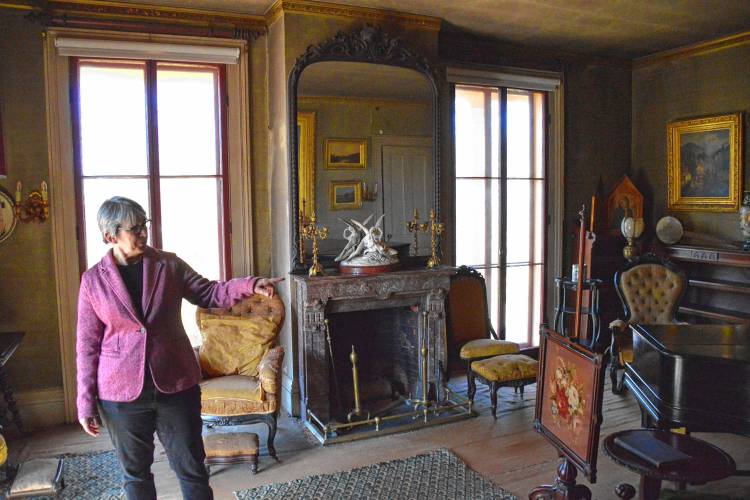
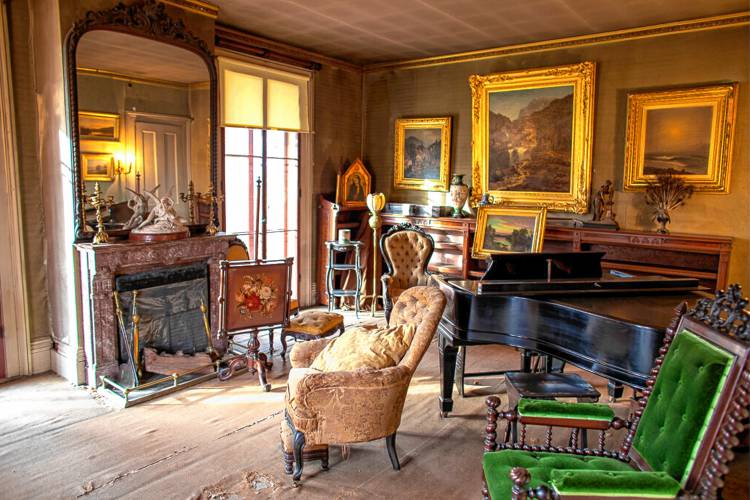
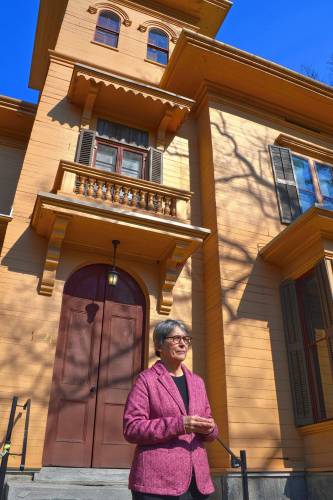
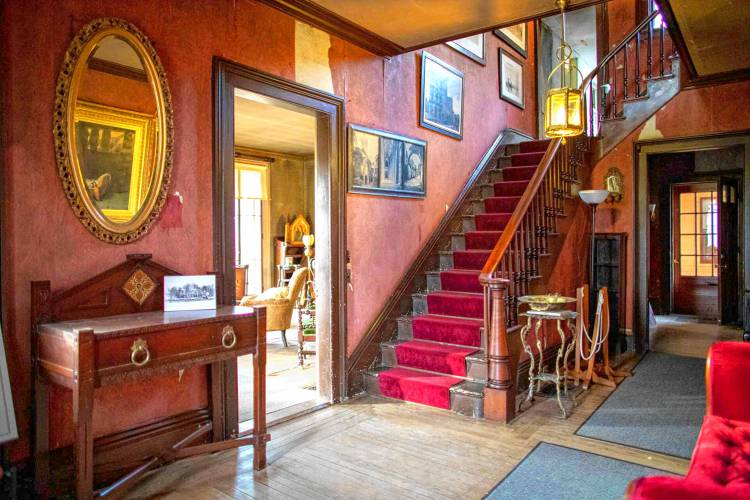
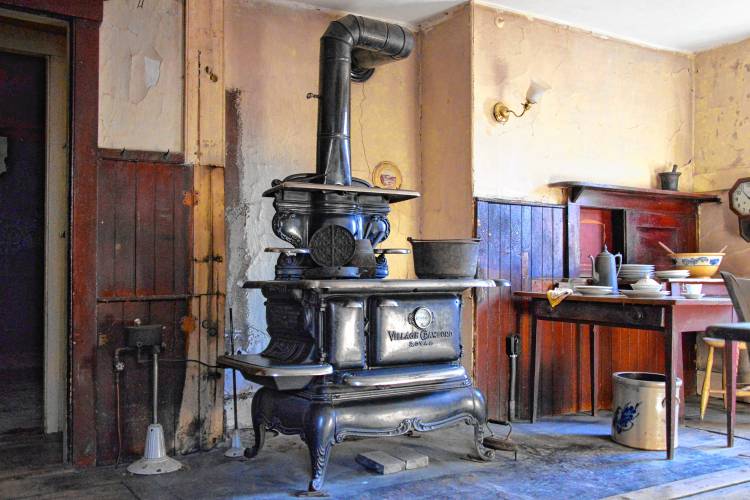
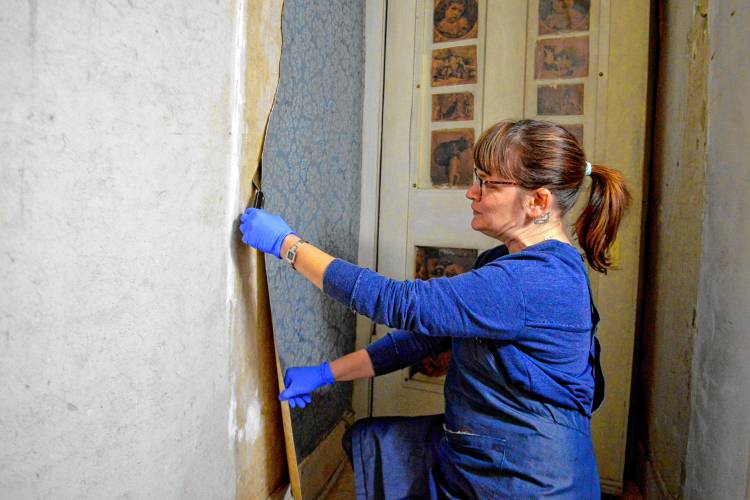
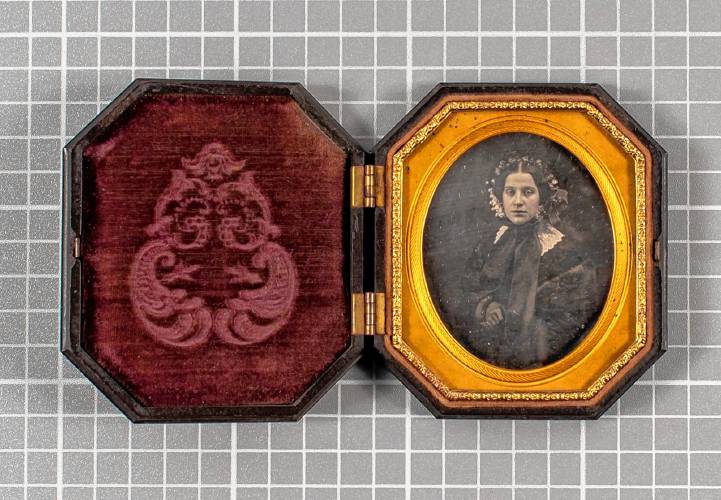
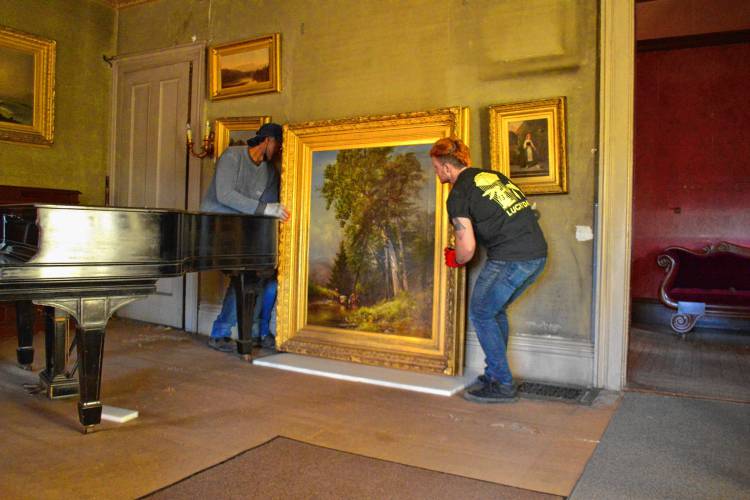
 A DIY approach to flying: Local pilots build and help build their own aircraft
A DIY approach to flying: Local pilots build and help build their own aircraft You’re up next: Western Mass open mic scene heats up post-pandemic
You’re up next: Western Mass open mic scene heats up post-pandemic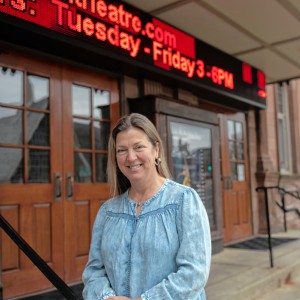 One upon a story slam: This year’s Valley Voices winners head to a final competition
One upon a story slam: This year’s Valley Voices winners head to a final competition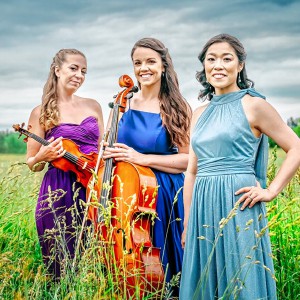 The Beat Goes On: Chamber music at The Drake, a Saint Patrick’s weekend musical smorgasbord, and more
The Beat Goes On: Chamber music at The Drake, a Saint Patrick’s weekend musical smorgasbord, and more